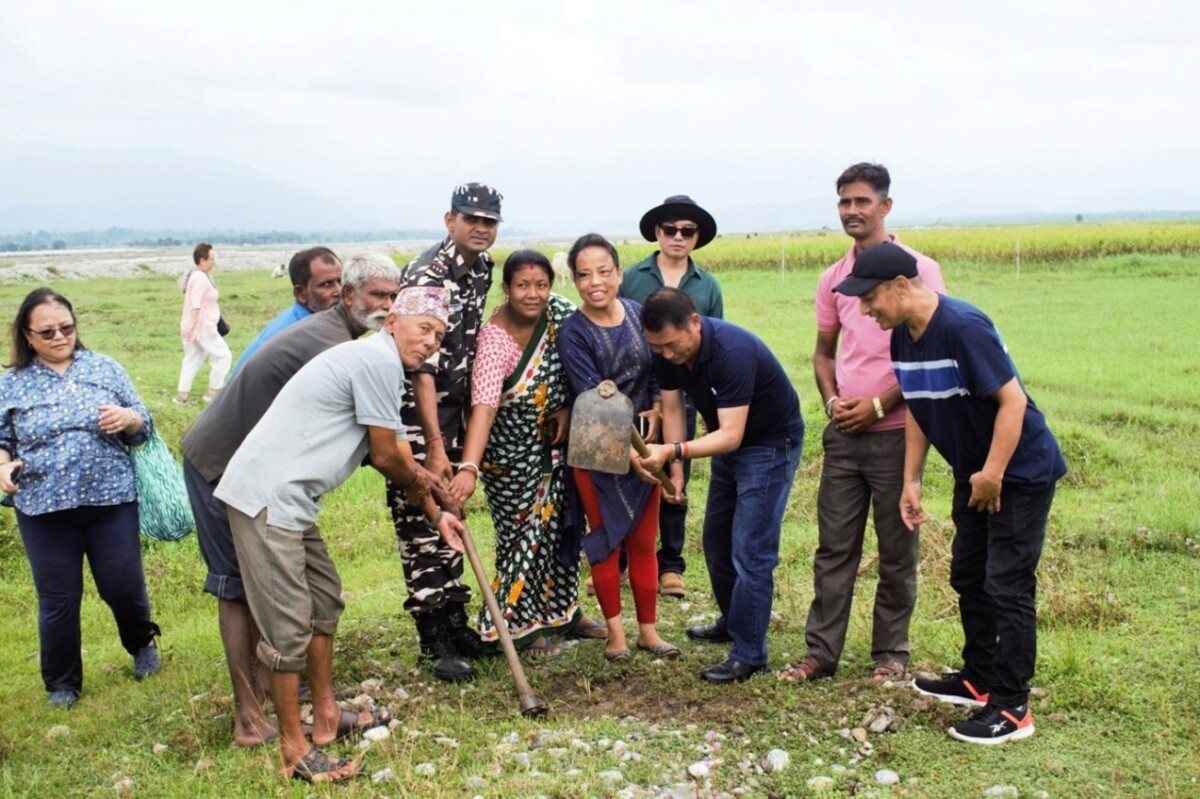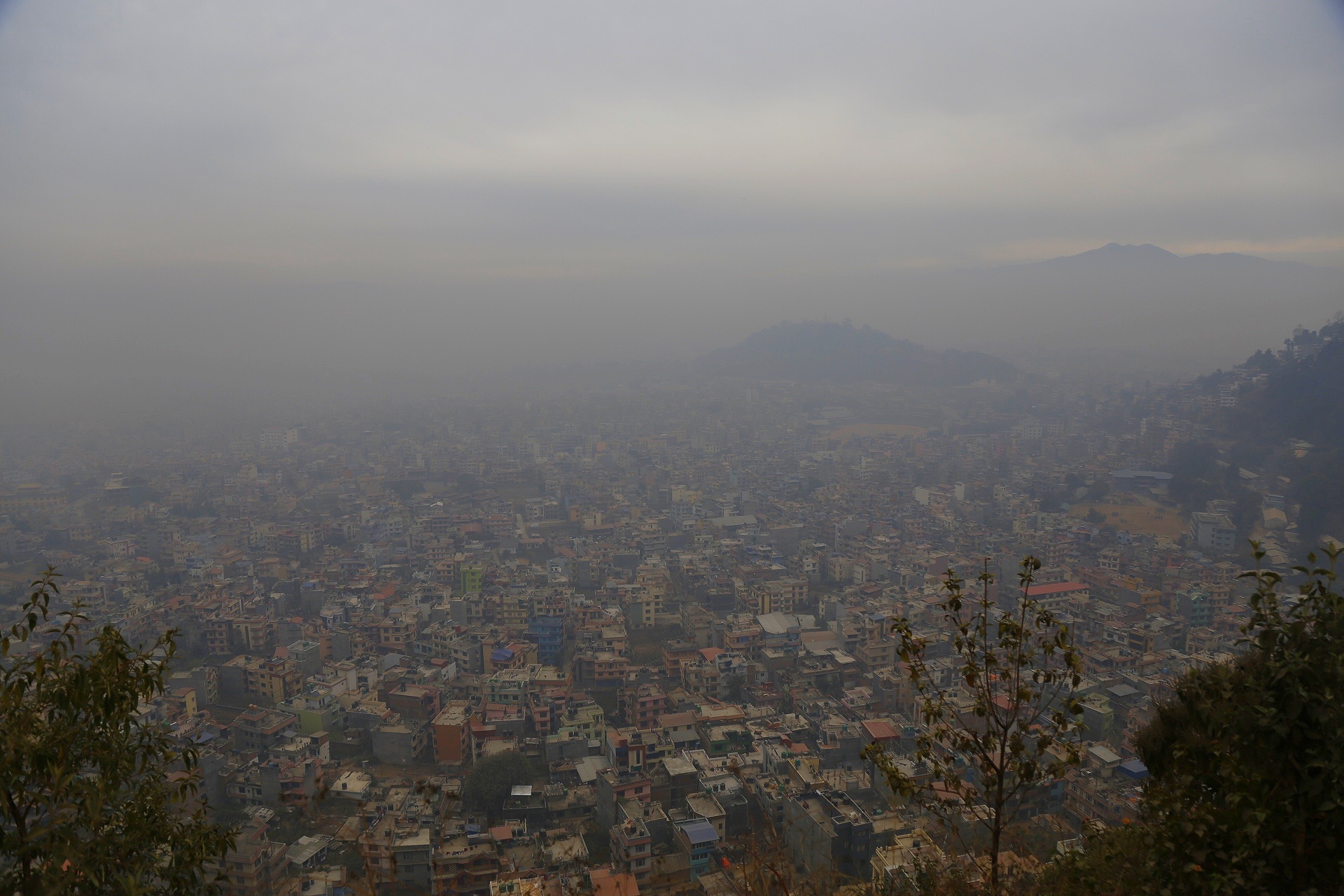
Why are children more at risk?
As children are growing, their developing lungs and brains makes them especially vulnerable to air pollution.
Their immune systems are weaker than adults, making them more vulnerable to viruses, bacteria and other infections. This increases the risk of respiratory infection and reduces their ability to fight it.
Young children breathe faster than adults and take in more air relative to their body weight, often through the mouth, which takes in more pollutants. They are also closer to the ground, where some pollutants reach peak concentrations.
How does air pollution impact children?
Air pollution causes both immediate and long-term health effects in children that can be irreversible.
Air pollution is linked to respiratory conditions such as pneumonia, bronchitis and asthma. It can exacerbate underlying health conditions and harm children’s physical and cognitive development. As a result, other areas of children’s lives can be affected. For example, when children get sick, they might miss school, further limiting their learning and development potential.
And the effects of air pollution can last a lifetime. Adults who were exposed to air pollution as children tend to have respiratory problems later in life.
During pregnancy: A woman’s body can store harmful chemicals from the air, passing them to her baby during pregnancy and breastfeeding. Air pollution can seriously affect the health of the foetus. It can lead to negative pregnancy outcomes – such as miscarriages, early delivery and low birth weight – and can impact the healthy development of children’s brains.
What symptoms of exposure to air pollution should I look out for?
Here are some symptoms that can result from exposure to air pollution. Talk to your doctor if a member of your family experience any of these symptoms.
- Dry/irritated eyes, headache, fatigue, allergies or shortness of breath. In infants, look out for signs of exertion while breathing.
- People with asthma might experience more severe asthmatic attacks, shortness of breath, chest pain, coughing or wheezing.
SDGs, Targets, and Indicators
| SDGs | Targets | Indicators |
|---|---|---|
| SDG 3: Good Health and Well-being | 3.9 By 2030, substantially reduce the number of deaths and illnesses from hazardous chemicals and air, water, and soil pollution and contamination | – Number of deaths and illnesses related to air pollution – Number of respiratory conditions caused by air pollution – Impact of air pollution on cognitive development |
| SDG 4: Quality Education | 4.a Build and upgrade education facilities that are child, disability, and gender sensitive and provide safe, non-violent, inclusive, and effective learning environments for all | – Number of school days missed due to respiratory infections caused by air pollution |
| SDG 11: Sustainable Cities and Communities | 11.6 By 2030, reduce the adverse per capita environmental impact of cities, including by paying special attention to air quality and municipal and other waste management | – Air quality index in cities – Concentration of pollutants in urban areas |
| SDG 13: Climate Action | 13.2 Integrate climate change measures into national policies, strategies, and planning | – Implementation of policies to reduce air pollution – Reduction in greenhouse gas emissions contributing to air pollution |
1. Which SDGs are addressed or connected to the issues highlighted in the article?
SDG 3: Good Health and Well-being
The article discusses the impact of air pollution on children’s health, including respiratory conditions, physical and cognitive development, and negative pregnancy outcomes.
SDG 4: Quality Education
The article mentions that when children get sick due to air pollution, they might miss school, limiting their learning and development potential.
SDG 11: Sustainable Cities and Communities
The article highlights the adverse impact of air pollution in urban areas, emphasizing the need to pay attention to air quality.
SDG 13: Climate Action
The article acknowledges the role of air pollution in climate change and the importance of integrating climate change measures into policies and planning.
2. What specific targets under those SDGs can be identified based on the article’s content?
– SDG 3.9: Substantially reduce the number of deaths and illnesses from hazardous chemicals and air, water, and soil pollution and contamination.
– SDG 4.a: Build and upgrade education facilities that provide safe, non-violent, inclusive, and effective learning environments for all.
– SDG 11.6: Reduce the adverse per capita environmental impact of cities, including by paying special attention to air quality.
– SDG 13.2: Integrate climate change measures into national policies, strategies, and planning.
3. Are there any indicators mentioned or implied in the article that can be used to measure progress towards the identified targets?
– Number of deaths and illnesses related to air pollution.
– Number of respiratory conditions caused by air pollution.
– Impact of air pollution on cognitive development.
– Number of school days missed due to respiratory infections caused by air pollution.
– Air quality index in cities.
– Concentration of pollutants in urban areas.
– Implementation of policies to reduce air pollution.
– Reduction in greenhouse gas emissions contributing to air pollution.
These indicators can be used to measure progress towards the identified targets by monitoring changes in the mentioned statistics and assessing the effectiveness of policies and interventions aimed at reducing air pollution and its impact on health, education, and the environment.
Copyright: Dive into this article, curated with care by SDG Investors Inc. Our advanced AI technology searches through vast amounts of data to spotlight how we are all moving forward with the Sustainable Development Goals. While we own the rights to this content, we invite you to share it to help spread knowledge and spark action on the SDGs.
Fuente: unicef.org

Join us, as fellow seekers of change, on a transformative journey at https://sdgtalks.ai/welcome, where you can become a member and actively contribute to shaping a brighter future.






